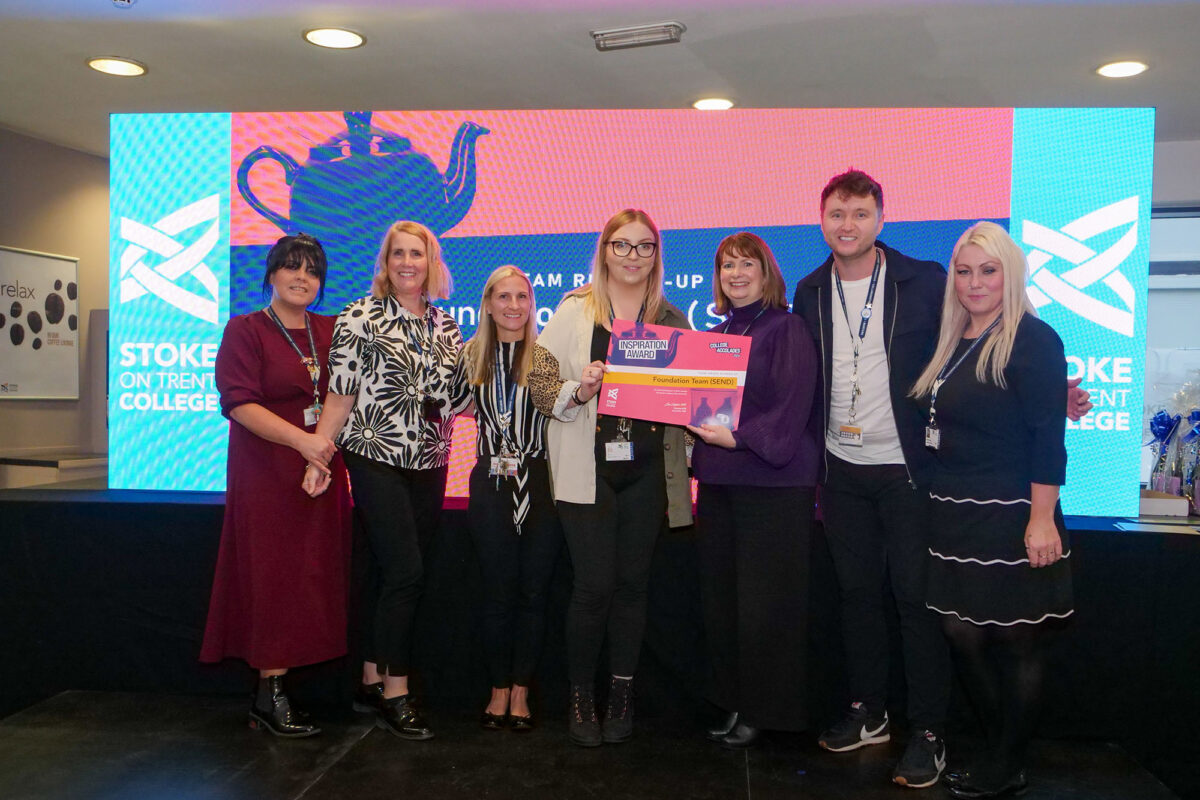Student accommodation developers face construction cost challenges against backdrop of record demand

- Cushman & Wakefield report reveals rising accommodation costs as well as record demand for places
- Average annual private sector rent outside London now standing at £7,055.71 – 74% of the maximum Student Maintenance Loan amount
- London is the UK city with the greatest need for additional beds yet has become the most hampered in delivering them
London, 2nd August 2022: Demand for university places has hit a record high but a slowdown in delivery of new accommodation caused by the pandemic, as well as rising costs and inflation, is hampering construction viability, according to a new sector report from real estate services firm Cushman & Wakefield.
Issues of affordability for students will also mean a potentially growing differential between the maintenance loan and the cost of living potentially impacting where young people choose to study.
The new report shows there are now 2,175,835 full-time students studying at UK universities, setting a new record for higher education demand. There are also more students studying away from home than ever before, at 61% of the total population, an increase of 221,990 than was the case five years ago. Overall, 1.63m students now have a requirement for a bed space during their course of study.
Despite this record interest, supply is struggling to keep pace. The academic year 2021/22 saw a continuation in the longer-term slowdown of new schemes being brought to the market, with the number of developments (69), less than half the level seen in 2017. Whilst the pandemic paused several planned deliveries, this trend has the potential to continue due to escalating and uncertain build costs, wider inflationary concerns, land availability and planning policy in some locations.
Rents
From a rental perspective, student rates continue to rise, with the average annual private sector rent outside London now standing at £7,055.71 – 74% of the maximum Student Maintenance Loan amount. The average university price stands at £6,482.45 – 68% of the maximum Student Maintenance Loan amount. Overall rental growth for 2021 / 22 stood at just 1.07%. However, this is set to bounce back in the next 12 months to 3.1%. The significantly stronger rental growth for the forthcoming year is indicative of increased confidence and the strength of demand in most locations, with most rents set before the full impacts of current inflation are evident.
The next academic year will also see several markets delivering upwards of 8% rental growth, with Durham leading the way at above 10% and Belfast at 9.6%. Currently, Glasgow’s West End rents are delivering the strongest rental growth of any area in the UK at 13.1%, due to strong levels of demand and a significant shortage of overall housing.
The segmentation of rents across markets continues, and clear differentials can be seen between average costs for the same quality product in ‘low’, ‘medium’ and ‘high’ rent markets. For example, an average rent for a good quality scheme in Cardiff, Liverpool, Newcastle, and Sheffield is priced at £143.71 per week, 16% lower than the £166.13 seen in the mid-priced Birmingham, Nottingham, Leeds, or Southampton.
In turn, this rent is 18.5% lower than seen in expensive markets such as Bristol, Bath, and Manchester, £203.72. Considering a typical 44-week length, a student in a high-priced market could therefore be paying £2,641 more per annum for the same quality room than a student in a low-priced location – 95% or 67% of the maximum Student Maintenance Loan, respectively.
David Feeney, a Partner in Cushman & Wakefield’s student accommodation team, said: “Affordability will continue to be a big issue for the sector both for providers and students who are having to account for the impact of the cost-of-living crisis. Rents are rising while maintenance grants have failed to keep pace. Only a limited number of students from the least wealthy households actually receive the maximum loan amount, meaning that only those with a household income of less than £25,000 per annum receive a loan higher than the average private sector en-suite rent.
“Despite this the number of young people seeking to go to university remains extremely strong and the challenge now for accommodation providers will be to continue to deliver a pipeline of new stock against a backdrop of multiple construction challenges. However, despite that from an investment perspective, the total of academic facilities opening between 2020 and 2025 will likely be north of £7billion which is a record for a five-year period.”
The report also reveals that counter to the long-term undergraduate trend of a ‘flight to quality’, it is universities ranked below 100 in the league tables that are growing the fastest, outpacing those in the top 25. The average league table position of the 10 fastest-growing universities (in percentage terms) in 2020/21 was 105. The fastest-growing Russell Group institution was only the 19th fastest-growing university in the UK.
London
On a geographic basis, London is both the city that has the greatest need for additional beds and the one that has become most hampered in being able to deliver them.
The capital’s student-to-bed ratio stands at 2.56:1, making it one of the least well supplied cities in the UK – a level which is only surpassed in undersupply terms by markets such as Bristol and Brighton. Given the size of London, the scale of the problem is amplified and impacts universities’ ability to recruit. To achieve a healthier student to bed ratio, London requires 19,000 additional beds.
International students
Students from outside the UK now make up 26% of the full-time population with Chinese students accounting for one in 10 international representatives.
The number of sponsored visas issued in 2020 was down 22% on the figures seen in 2019 and is indicative of the significantly reduced number of international students entering the UK for 2020/21. The key Q3 period was particularly affected, with issuances down 35%.
Since this date, numbers have recovered and grown significantly, with visa issuances in 2021 being 81% higher than in 2020. The key Q3 period saw a 104% increase in issuances on 2020, with several providers insisting on international students returning to campus. Overall, 2022 will see another acceleration in international student numbers, with significant increases in undergraduate acceptances through UCAS at major institutions.
David Feeney added: “Looking ahead, another significant challenge facing accommodation providers is that there are still around 175,000 un-refurbished first-generation bed spaces in operation in the UK market for this academic year which represents around a quarter of the total market. The overwhelming majority of these are university owned. As they reach the end of their operational lives, universities across the UK are wrestling with their options in an era of Net Zero targets. With the embedded carbon associated with new build, there is a balance to achieve between spaces that are more likely to be refurbished rather than demolished.”











Responses